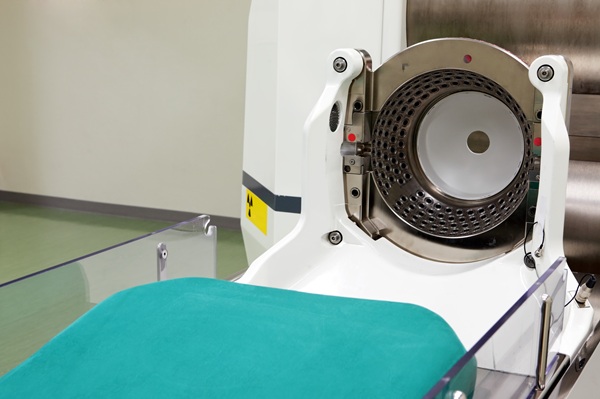Minimally Invasive Neurosurgery

Craniosynostosis is a defect in children in which multiple fibrous joints in the baby’s skull fuse together before the brain fully forms. Due to the fibrous joints causing the bones of the baby’s skull to fuse together, the brain will continue to grow and create a misshapen appearance in the skull. With surgery and early treatment, there is a strong chance that the child will be able to continue healthy cognitive development.
Symptoms and signs to look out for
Common signs or symptoms of craniosynostosis include:
- A misshapen skull
- The development of a hard ridge along the surface of the baby’s head
- An abnormal feeling of the baby’s skull
- Limited or no growth on the baby’s head as the baby ages
Parents of infants struggling with this health issue may not know what to do or who to turn to. Treatment for craniosynostosis requires a specialist and will need more than simple medication. Thus, seeking a specialist such as Dr. Loudon is the best way to ensure a child receives the necessary treatment.
There are multiple types of craniosynostosis that an infant can suffer from and that will possibly affect the treatment process. One type is, Sagittal Craniosynostosis will force the infant’s head to grow long and narrow due to the fusion of the sagittal suture in the skull. A second type is Coronal Craniosynostosis causes the forehead to flatten on one side and bulge on the other. A third type is Metopic Craniosynostosis will widen the back of the head while giving the forehead a triangular appearance. A fourth type is Lambdoid Craniosynostosis will cause one side of the infant’s head to appear flat or for one ear to appear higher than the other.
Treatment
While surgery is the most common treatment for serious cases of craniosynostosis, minor cases may not need surgery. Infants with minor cases of craniosynostosis will need to wear a specific helmet that slowly corrects the shape of the head over time instead of surgery. However, for children who need treatment, surgery can:
- Correct the abnormal shape of the head
- Prevent or reduce pressure on the brain
- Create room for more normal brain growth
- Improve the child’s appearance
Dr. Loudon will have a team work with him during the surgery to ensure that everything goes correctly. With the use of surgery, we can correct the skull alignment and place it in the correct position to help everything grow correctly. This surgery has low risk of any complications in the child’s head. In fact, the child will most likely be able to return home a day after the surgery.
To begin the treatment process, we need to examine the child’s head, current condition, medical history and other pertinent information. Once we gather all of that information, we will be able to identify the type of craniosynostosis and determine the best treatment method. We will then go over all options and the entire process with the parents before scheduling a date for the surgery.
If you or a loved one are interested in more information about this treatment, give us a call at 714-677-9463 today.


